Electrical wires and cables are essential components in power transmission and electronic equipment. According to their uses and characteristics, wires and cables can be classified into several categories :
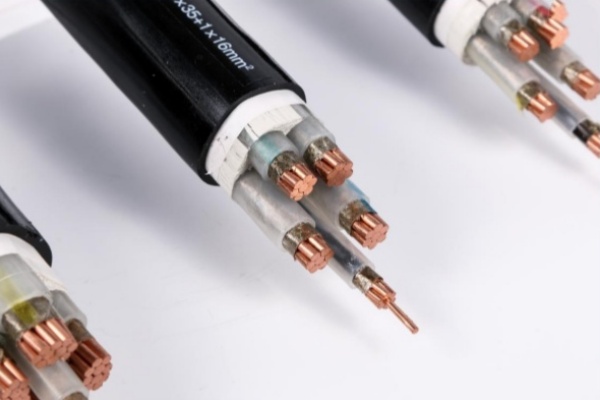
Bare wires
Bare wires and bare conductive products are conductive wires without insulation or sheath. They mainly include three series of products : bare single wires, bare and profiled twisted wires.
Single copper and aluminum wires
Single wires include soft copper wires, rigid copper wires, flexible aluminum wires and rigid aluminum wires. They are mainly used as semi-products for various wires and cables, and in small quantities for the manufacture of communication wires and electrical equipment.
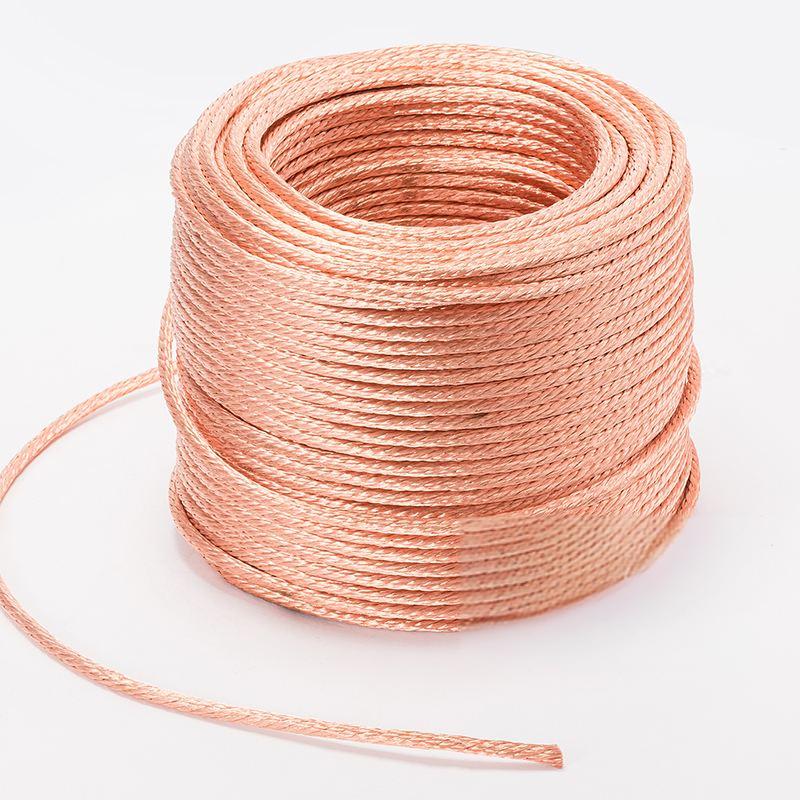
Bare twisted wires
Bare stranded wires include twisted rigid copper wires (TJ), twisted rigid aluminum wires (LJ), twisted aluminum alloy wires (LHAJ) and twisted steel-aluminum wires (LGJ). They are mainly used for connecting electrical equipment and electronic components. ZMS Cable can produce bare stranded wires of specifications ranging from 1,0 has 300 mm².
Electric cable
Power cables are used in the main lines of electrical systems to transmit and distribute high power energy. They include cables of different voltage levels from 1 has 330 kV and more, with various insulations. Cross sections electrical cables vary from 1,5 mm² à 800 mm², with configurations to 1, 2, 3, 4, 5, 3+1 et 3+2 drivers.
- Depending on the voltage level : There are low voltage cables, medium voltage and high voltage.
- Depending on the type of insulation : There are plastic insulated cables, with rubber insulation and mineral insulation.
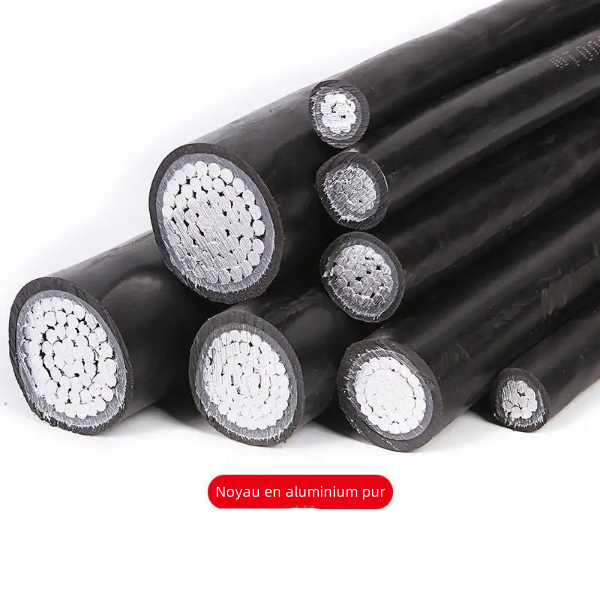
Insulated aerial cables
Aerial cables are also a common type of cable. They are characterized by the absence of sheath. Overhead cables differ from traditional perception on three points :
Various conductor materials : Overhead cables not only use aluminum conductors, but also in copper (JKYJ, JKV), aluminum alloy (JKLHYJ), and even twisted steel-aluminum (JKLGY).
Number of drivers varied : Although single-core cables are common, there are also cables with several conductors twisted together.
Voltage levels : Overhead cables have voltage levels of up to 35 kV, and not limited only to 1 kV etc 10 kV.
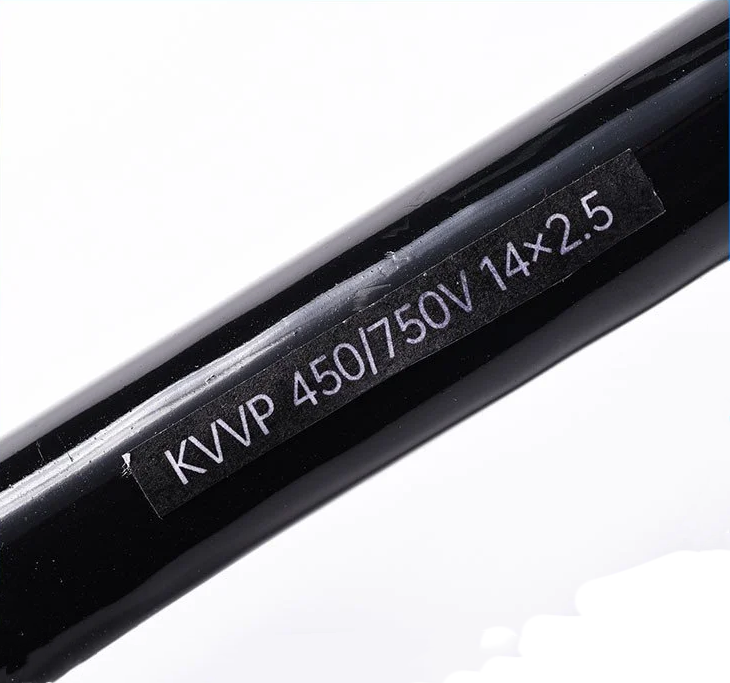
Control cables
Control cables have a similar structure to power cables. However, control cables use copper conductors only, without aluminum conductors. Control cables have smaller conductor sections and a greater number of conductors, such as 24×1.5 or 30×2.5. They are suitable for controlling machines or equipment in power plants, substations, mines and petrochemical companies, with a nominal voltage of 450/750 V AC and less.
Anti-interference measures : To improve the ability of control cables to resist internal and external interference, shielding layers are used.
Common models : KVV, KYJV, KYJV22, KVV22, KVVP, etc. Different materials of shielding layers have their own characteristics and functions.
Electrical cables for fixed installation
Electrical wires are mainly used in houses and distribution cabinets. Common models are BV, BLV, BVR, RVV, RVVP, BVVB, etc. In the designation of models of electrical wires, the “B” at the beginning represents the electric wire, and the “B” at the end indicates flat shape.
Meaning of BVVB : Flat cable with copper conductor, PVC insulation and PVC sheath.
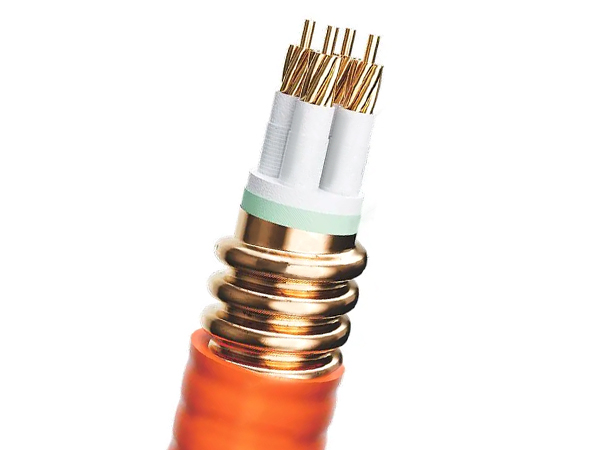
Special cables
Special cables have special functions. They mainly include flame retardant cables (ZR), low smoke and halogen free cables (WDZ), fire resistant cables (NH), explosion-proof cables (FB), anti-rodent and anti-termite cables (FS), water resistant cables (ZS), etc.
Flame retardant cables (ZR) and low-smoke, halogen-free cables (WDZ) : They are mainly used in important electrical and control systems. These cables only burn to a limited extent under the action of an external flame, produce little smoke and emit very few harmful gases (halogens). When the external flame disappears, the cable also turns off by itself.
Fire resistant cables (NH) : They are suitable for particularly important electrical and control systems. In case of fire, fire resistant cables can withstand high temperatures of 750-800°C for more than 90 minutes, thus guaranteeing a secure power supply.
Other special cables : They include anti-termite cables, anti-rodent, oil resistant, in the cold, in the heat, to wear, as well as cables crosslinked by irradiation.
With the continuous development of cable technology, new products continue to emerge, such as fire resistant cables, low smoke and halogen free cables, anti-termite cables, oil resistant cables, etc. What's more, fiber optic cables and photovoltaic cables (including conventional optical cables, overhead cables, directly buried cables, shielded cables, etc.) also occupy an important place among cable products.
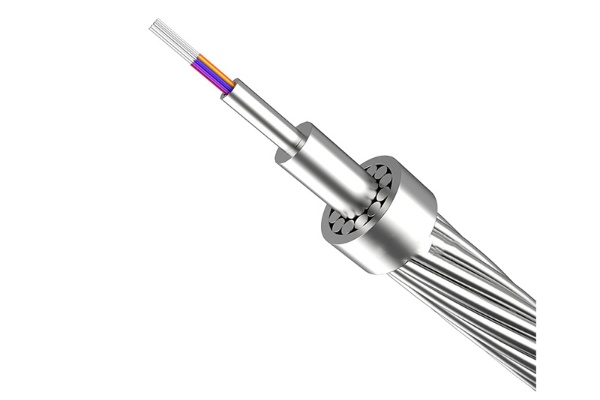
Fiber optic cables
Fiber optic cables are mainly used to transmit light signals and play an important role in communication systems. Depending on their use and structure, fiber optic cables can be classified into several types :
Ordinary fiber optic cable : Used in standard indoor or outdoor environments, suitable for short distance data transmission.
Aerial fiber optic cable : Designed for aerial installation, usually with water resistant features, wind and traction.
Underground fiber optic cable : Suitable for direct installation underground, offering good resistance to humidity, to corrosion and pressure.
Armored fiber optic cable : Adding a metal frame around the classic optical cable, suitable for environments requiring additional mechanical protection, such as direct burial or high pressure environments.
Common models : ADSS fiber optic aerial cable, OPGW ; GYXTW armored fiber optic cable, WITH ; and other models such as G652D, G657A, etc. The different models indicate the different characteristics of the optical fiber, such as bending performance, attenuation characteristics.
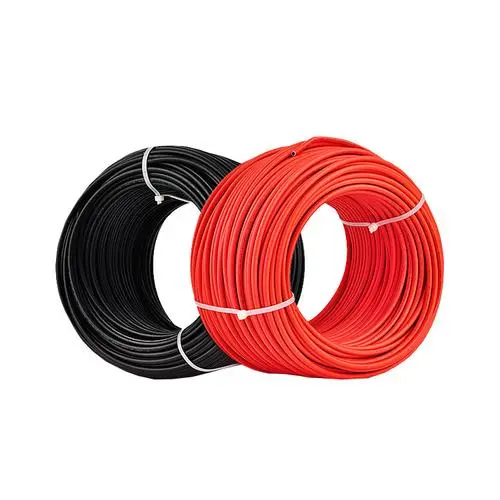
Photovoltaic cables
Photovoltaic cables are specially designed for solar energy production systems, capable of operating in harsh environmental conditions. They offer high weather resistance, UV, with ozone, to moist heat and various chemicals.
These cables are mainly used for power transmission in photovoltaic systems, including connections between photovoltaic modules, between solar panels and inverters, as well as between various electrical equipment in photovoltaic power plants.
Characteristics of photovoltaic cables
High weather resistance : Capable of operating in extreme weather conditions, including high and low temperatures, exposure to UV and ozone.
Great durability : Made with wear-resistant materials, offering a long lifespan, suitable for long-term outdoor use.
Excellent electrical performance : Low resistivity and high conductivity, ensuring efficient energy transmission.
Resistance to mechanical stress : Good tensile and compressive strength, adapted to mechanical constraints during installation and maintenance.
Chemical resistance : Good resistance to grease, to acids and other chemicals, ensuring stability in harsh environments.
High security : Double insulated design, offering great electrical safety, avoiding short circuits and leaks.
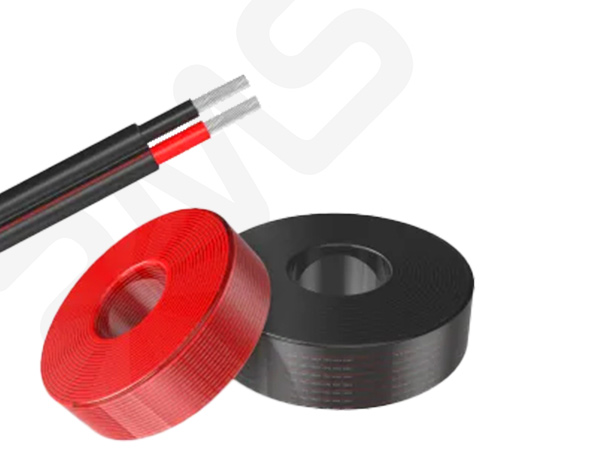
Common models of photovoltaic cables
PV1-F : Single conductor photovoltaic cable, suitable for series connections of photovoltaic modules.
H1Z2Z2-K : Photovoltaic cable double insulated, providing increased durability and safety.
TUV 2PfG 1169/08.2007 : Photovoltaic cable certified according to German standards, widely used in European market.
UL4703 : Photovoltaic cable certified according to American standards, suitable for the North American market.
PV1500 : High voltage photovoltaic cable, suitable for high voltage transmission needs in large photovoltaic power plants.
These photovoltaic cable models offer good weather resistance and great durability, ensuring reliable long-term energy transmission. They play a crucial role in photovoltaic systems, ensuring efficient energy transmission and safe system operation.
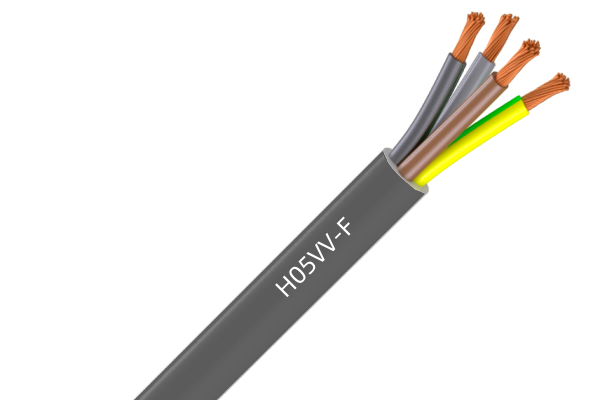
Conclusion
In summary, there is a wide variety of electrical wires and cables, each playing a unique role in specific applications. From bare wires to fiber optic cables and photovoltaic cables, together they constitute the basis of modern energy transmission and communication systems. With continued technological advancements, the performance of electrical wires and cables continues to improve to meet increasingly stringent application requirements. If you want to know more, do not hesitate to contact usr !
ZMS Cable has over 30 years of experience in manufacturing electrical wires and cables, and is a leader in the wire and cable industry. ZMS is committed to producing high quality cables. If you want to know more, do not hesitate to visit our website or send an email to info@zmscable.fr.
